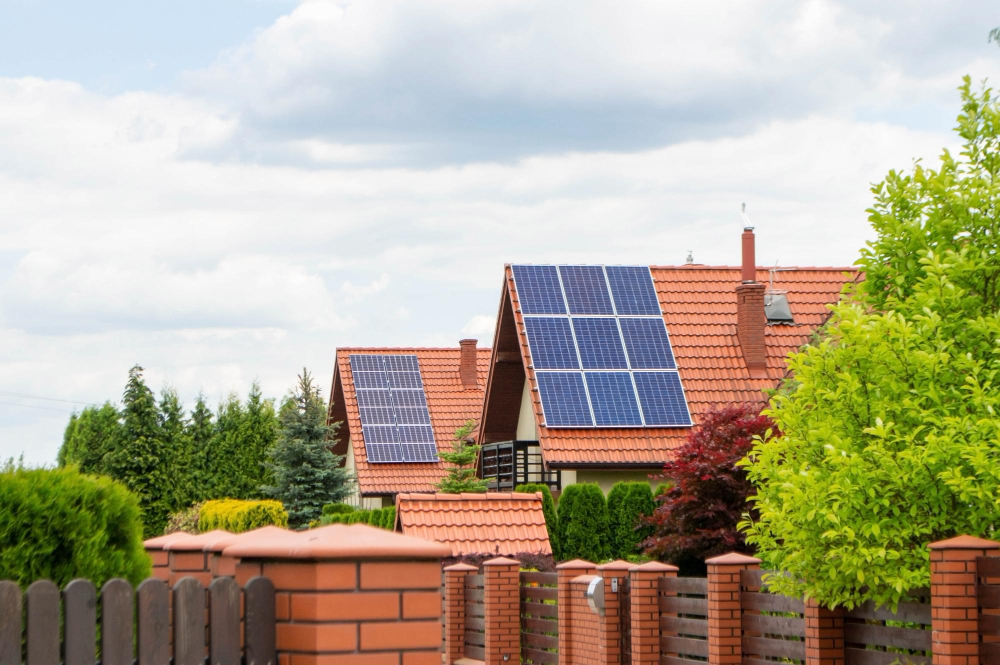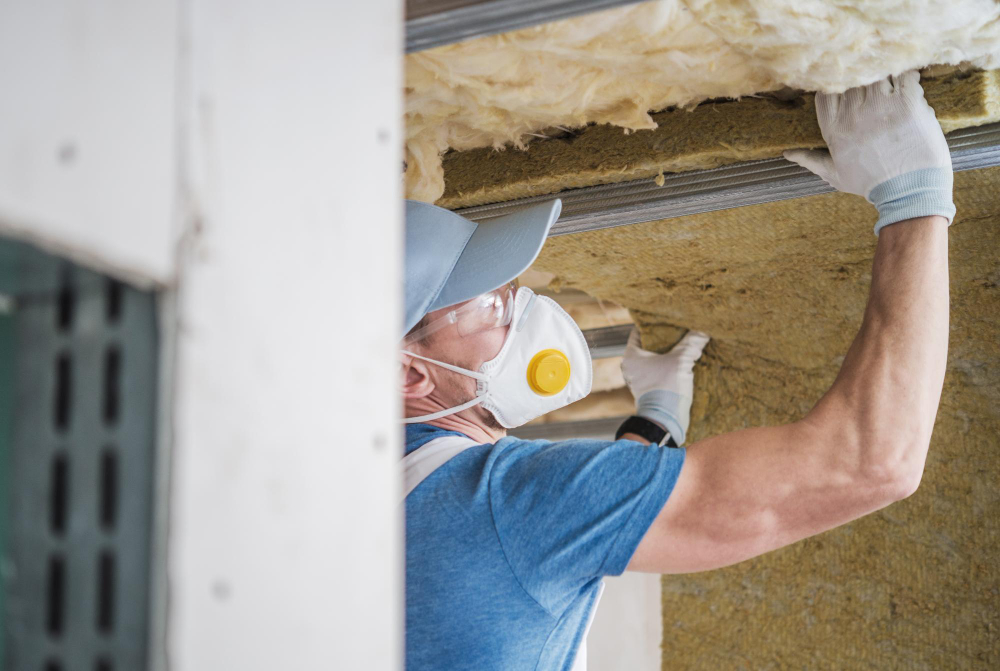Last updated on
Roofing plays a critical role in the overall sustainability of a building. With proper design and construction techniques, a roof can significantly reduce energy consumption, decrease waste production, and improve indoor air quality.
Sustainable roofing can save money in the long run by reducing maintenance and replacement costs. This guide will delve into the various eco-friendly upgrades that can be implemented in roofing practices.
Join us as we explore the art of sustainable roofing and discover how you can positively impact the environment and your wallet. Let’s work towards a greener future, one roof at a time. So, let’s get started!
Understanding Sustainable Roofing: The Basics

Sustainable roofing is more than just installing solar panels on your roof. It involves a holistic approach that considers the materials, design, and construction techniques used to create a roof that is environmentally friendly and energy-efficient.
This includes using sustainable materials such as recycled or locally sourced ones, incorporating green roofs for added insulation and stormwater management, and implementing proper ventilation systems to improve energy efficiency. Creating a sustainable roof can benefit both the environment and your property value.
The Importance of Professional Installation
A poorly installed roof can lead to air and water leaks, which can undermine the energy efficiency of your sustainable upgrades. Furthermore, a professional contractor will have the knowledge and expertise to properly incorporate elements such as solar panels and green roofs into the design.
By investing in professional installation, you can avoid costly mistakes and ensure that your sustainable roofing is effective and long-lasting. So, whether you are constructing a new building or considering roof replacement, consult with a reputable contractor who specializes in sustainable roofing practices. Proper installation is key to a successful and eco-friendly roof!
Benefits of Eco-friendly Upgrades for Your Roof

Implementing eco-friendly upgrades for your roof can also offer several benefits for your property. With proper insulation and ventilation, you can reduce energy consumption and lower utility bills.
This is especially beneficial in warmer climates where air conditioning costs can increase quickly. Moreover, incorporating green roofs can improve stormwater management by reducing runoff and filtering pollutants.
This not only benefits the environment but also helps to protect your property from potential water damage. Sustainable roofing upgrades can also increase the overall value of your property and make it more attractive to potential buyers or tenants.
Choosing the Right Materials for a Sustainable Roof
Look for materials that are durable, energy-efficient, and environmentally friendly. This could include recycled or locally sourced materials such as metal, clay tiles, or slate. These materials have a longer lifespan than traditional roofing materials require less maintenance and reduce waste production.
Consider incorporating insulation materials with high R-values to improve energy efficiency and reduce heating and cooling costs. When selecting materials for a sustainable roof, it is important to do your research and choose options that align with your environmental goals and budget constraints.
Implementing Energy-efficient Design Techniques
Implementing energy-efficient design techniques can further reduce the environmental impact of your roof. This includes proper orientation and placement of windows to maximize natural light and reduce the need for artificial lighting.
Incorporating skylights or solar tubes can also decrease the need for electric lighting during daylight hours. Proper ventilation and air-sealing techniques can improve overall energy efficiency by reducing air leaks and ensuring that conditioned air stays inside the building.
These design techniques, when combined with sustainable roofing materials and construction methods, can significantly decrease energy consumption and contribute to a more eco-friendly building.
The Role of Government Incentives in Encouraging Sustainable Roofing Practices
Governments around the world are increasingly acknowledging the significance of sustainable practices and are taking proactive measures to promote and incentivize the adoption of eco-friendly upgrades by individuals and businesses.
These incentives come in various forms, such as tax credits, grants, and rebates specifically tailored for energy-efficient roofing materials and installations. Some governments have established dedicated programs that offer financial support and resources for green roof projects, further encouraging the transition towards sustainable roofing solutions.
Stay well-informed about the available government incentives to maximize the benefits and make your sustainable roofing goals more attainable.
Implementing sustainable upgrades in roofing is not only beneficial for the environment but also offers several advantages for property owners. From reducing energy consumption and waste production to increasing property value and attracting potential buyers or tenants, the benefits of sustainable roofing are numerous.
Let’s continue to strive towards a greener future, one roof at a time! Together, we can make a positive impact on the environment and our communities. Keep exploring and implementing eco-friendly upgrades for your roof to pave the way for a more sustainable future.
Table of Contents




